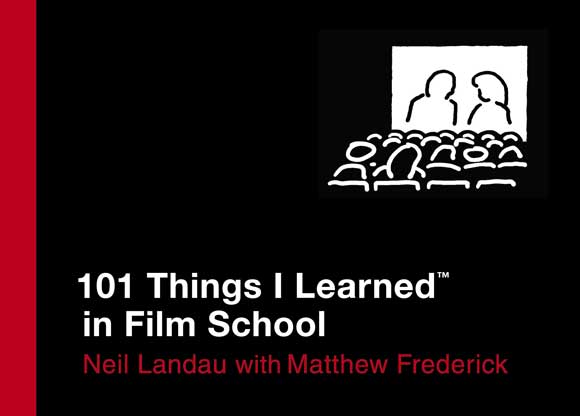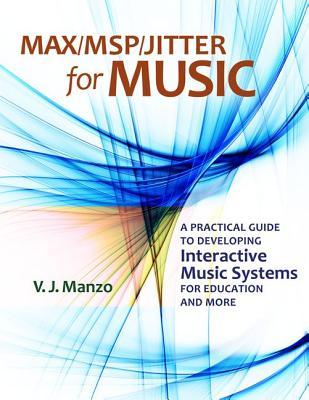I just finished reading Neil Landau and Matthew Frederick's delightful little book, 101 Things I Learned in Film School. (It's part of an entire series of books that started with Frederick's own 101 Things I Learned in Architecture School, of which more will be said at a later date. The other titles address fashion school, culinary school, and business school. I will address these, too, at later dates.) What's most interesting about this book is not that plan on going to film school or working with film as such but that I can see at least some connection between many of the ideas in the book and my own goal of data analysis (believe it or not). The idea is this: when you analyze data, you are telling a story, and stories can be told in ways that are more or less interesting, informative, or effective. Inasmuch as cinema also tells stories, some of the principle carry over. For example:
- 10: Make Psychology Visual. That is, by changing camera angles and distance, different meanings can be ascribed to a scene. The same is true for designing visualizations (I imagine).
- 14: Beginning, Middle, End. That is, there is a comfortable narrative structure to a film, and that structure can be repeated at smaller scales. Although visualizations are typically presented as static images, they can still present a form of narrative. This is especially true for those gigantic, long infographics you'll see. And it is certainly true for any video-based visualization (and maybe there should be more of those).
- 22: Plot is physical events; story is emotional events. Data analysis is more than just presenting bits of information (i.e., the physical events). It is an exercise in meaning-making through the interpretation and application of insights derived from analysis (akin to the "emotional" component of the story).
- 64: Dig Deeper. "Do fewer things, but do them better." In analysis, rather than presenting as many factoids as possible, it is better to understand the distinctive characteristics of the nature, such as why there are outliers on a particular variable, why a scatterplot is curved instead of straight, and why the wording of two similar questions gives different answers.
- 93: "Perfection is achieved, not when there is nothing more to add, but when there is nothing left to take away.” — Antoine de Saint-Exupéry. It's very easy and very tempting to add more charts, more variables, more tables, more stuff to an analysis. But people have a limited attention span and the analysis is often understood in a heuristic fashion anyhow, so it's much better to limit oneself to the minimum amount of analysis that will give a valid and useful conclusion.
So, it may be a bit of a stretch, but that's actually what I had in mind when I was reading this fine book and the other ones in the series. Inspiration is everywhere.












